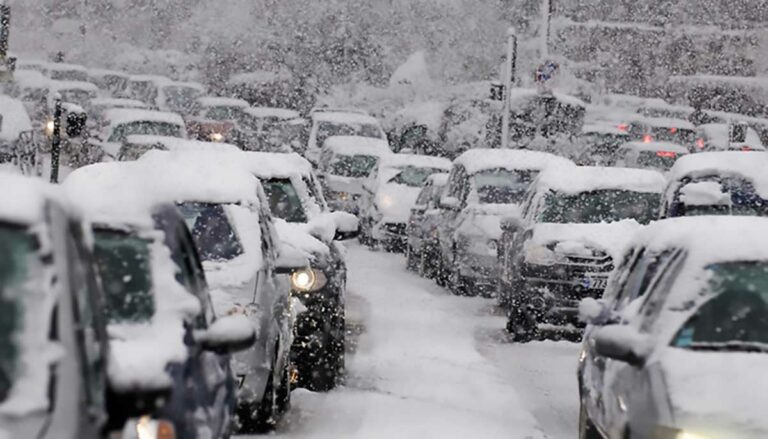While there are still four weeks of winter left, according to the calendar, don’t tell that to the East Coast. With highs in the mid-70s across the Southeastern US, it’s beginning to feel a lot like spring. At the same time, the cold air seems to have gone somewhere else: the West Coast.
Americans living on the West Coast are facing down a brutal winter storm on Wednesday, which is expected to bring heavy snowfall and plummeting temperatures for the next several days. The storm will likely also buffet the Midwest and has already managed to strike as far north and east as Maine.
Storm Blows in from the Northwest
The storm has blown in across the US from the Northwest, depositing huge amounts of snowfall in Minnesota and other parts of the Midwest. California, Oregon, Washington, Nevada, and Colorado are all seeing snowfall as the storm sweeps across the county.
Over 65 million people are under winter weather alerts in the US right now, with many agencies warning people to stay indoors and avoid driving while the storm continues to rage. Meanwhile, the powerful cold front seems to have strongly displaced warmer air that is now concentrated over the Southeast.
Unusually Hot Southeast
While Minnesota receives record-breaking snowfall, the Southeast is experiencing record-breaking weather of its own. However, Southerners aren’t getting any snow–instead, they’re living through one of the hottest February months on record.
This bizarre phenomenon has many people in the US concerned about climate change. Record-setting snowfall and heat occurring within hundreds of miles of each other is an extremely dramatic weather pattern, which could speak to the worsening climate crisis scientists have warned about for decades.
Winter Storm Conditions to Worsen
The storm is likely to cause the most issues in the Midwest, where a very high snowfall rate combined with 40 to 50 MPH winds will combine to create whiteout conditions. People in Minnesota, specifically the Twin Cities, are currently under blizzard warnings as the National Weather Service tracks the storm.
Meanwhile, thunderstorms are breaking out in squall lines where the cold weather front meets the hot air over the Southeast. This means that people in Oklahoma, Arkansas, Missouri, and Illinois need to be aware of these powerful storm conditions that could shift from balmy thunderstorms into frigid blizzard conditions as the storm continues to blow toward the east.





